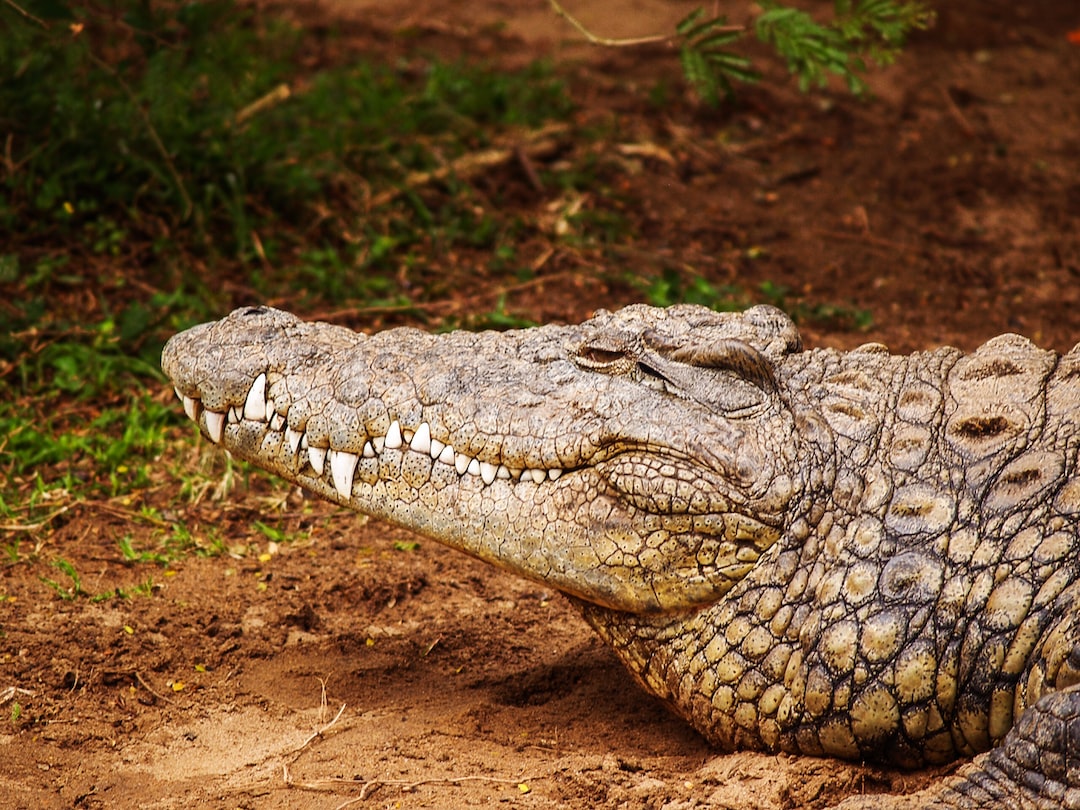Animals are an integral part of our ecosystem, and climate change is strongly affecting them. It’s estimated that half of the world’s animal species are threatened by the increasing temperatures and environmental changes. Animals have adapted and evolved over millions of years to fit into their ecological niches. However, climate change is now happening so fast that many animals cannot keep up.
One of the major effects of climate change on animals is the loss of their habitats. The warmer temperatures and lack of rainfall have led to the loss of forests, coral reefs, and wetlands. These critical ecosystems provide the necessary food, water and shelter for animals, including many endangered species. With their habitats disappearing, animals’ populations are declining at an alarming rate.
Another impact of climate change on animals is the changing migration patterns. Many birds, mammals, and fish migrate distances to find food, reproduce, and survive. However, with rising temperatures, these patterns are changing. For example, polar bears in the Arctic are forced to travel further to find food as sea ice melts. Similarly, many bird species are migrating earlier, but they are facing a mismatch between their breeding time and the peak period of insect abundance, which is affecting their survival rate.
Climate change is also affecting the availability and quality of food sources for animals. The higher temperatures and changing rainfall patterns are causing changes in the timing of plant flowering and the availability of seeds and fruit. In the oceans, the increasing acidity due to carbon dioxide absorption is reducing the ability of shellfish and other marine creatures to form shells, impairing their survival.
The warmer temperatures and extreme weather events are affecting the reproduction of animals. The changes in temperature are upsetting the timing of animal breeding seasons, which is leading to skewed sex ratios in some species. Additionally, more frequent droughts and floods are disrupting the food webs, which is affecting animal health and reproduction.
Finally, climate change is affecting the geographic ranges of animals. As temperatures rise, many animals have to move to higher latitudes or elevations to find suitable habitats. However, in some parts of the world, the available habitat is limited, which is leading to overcrowding and conflict between species.
In conclusion, climate change is having significant impacts on the natural world and its inhabitants. The loss of habitats, changing migration patterns, food availability, reproduction, and geographic ranges are all affecting animals’ survival. It’s high time that we take action to reduce carbon emissions and limit the impacts of climate change. This will require reducing our dependence on fossil fuels, promoting renewable energy, and taking steps to conserve natural habitats. If we don’t take immediate steps, the future of many species is at stake, and the ecological balance of our planet will be in grave danger.


